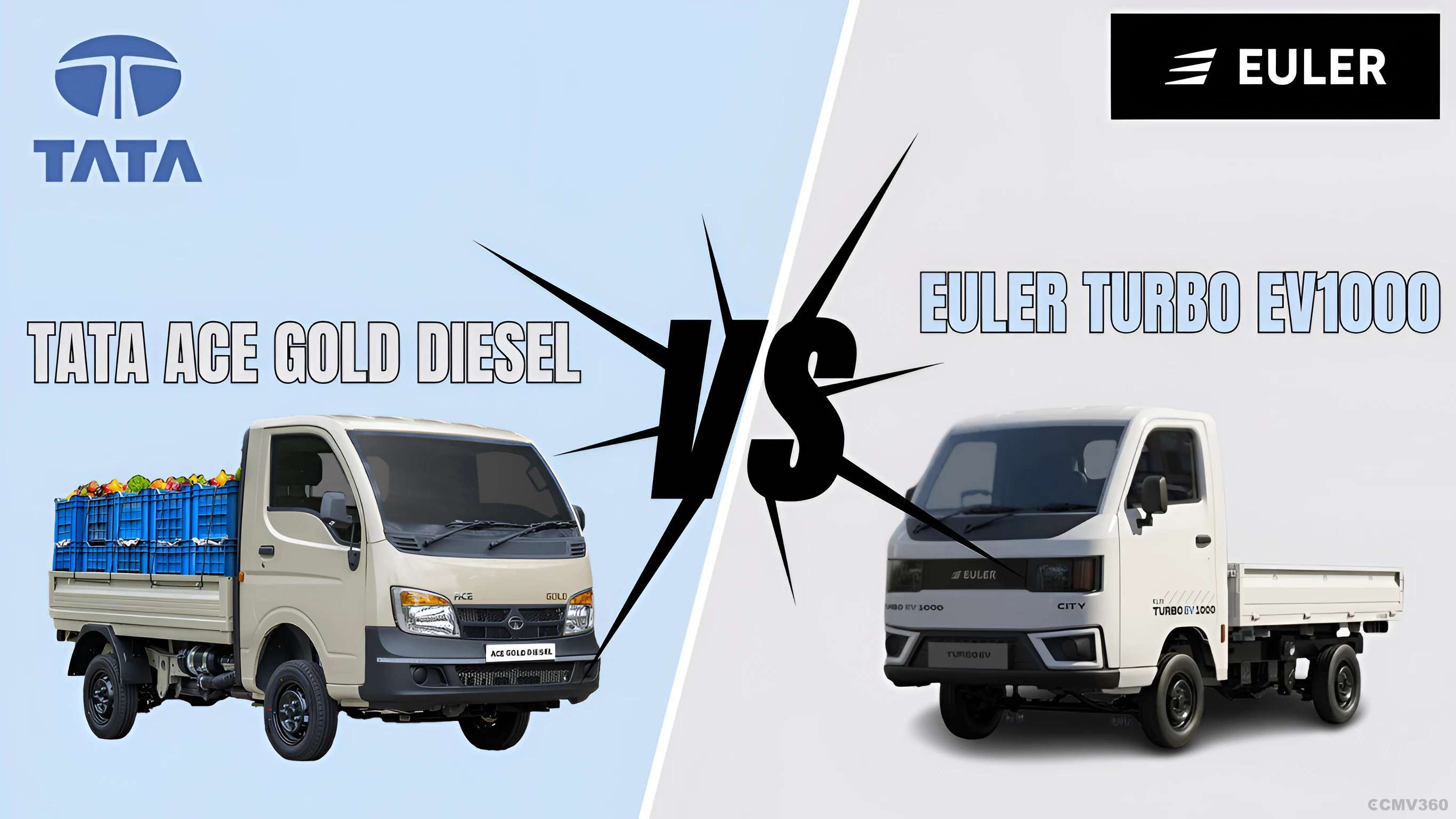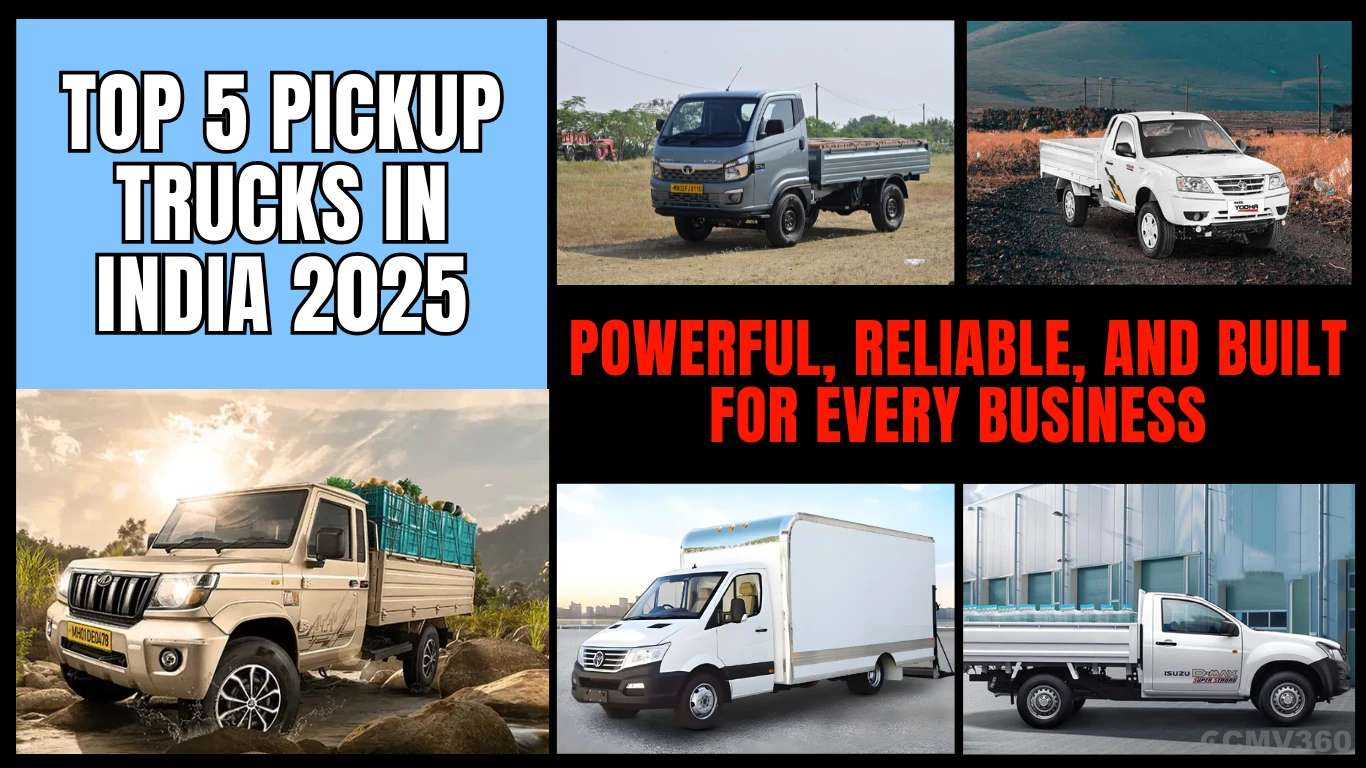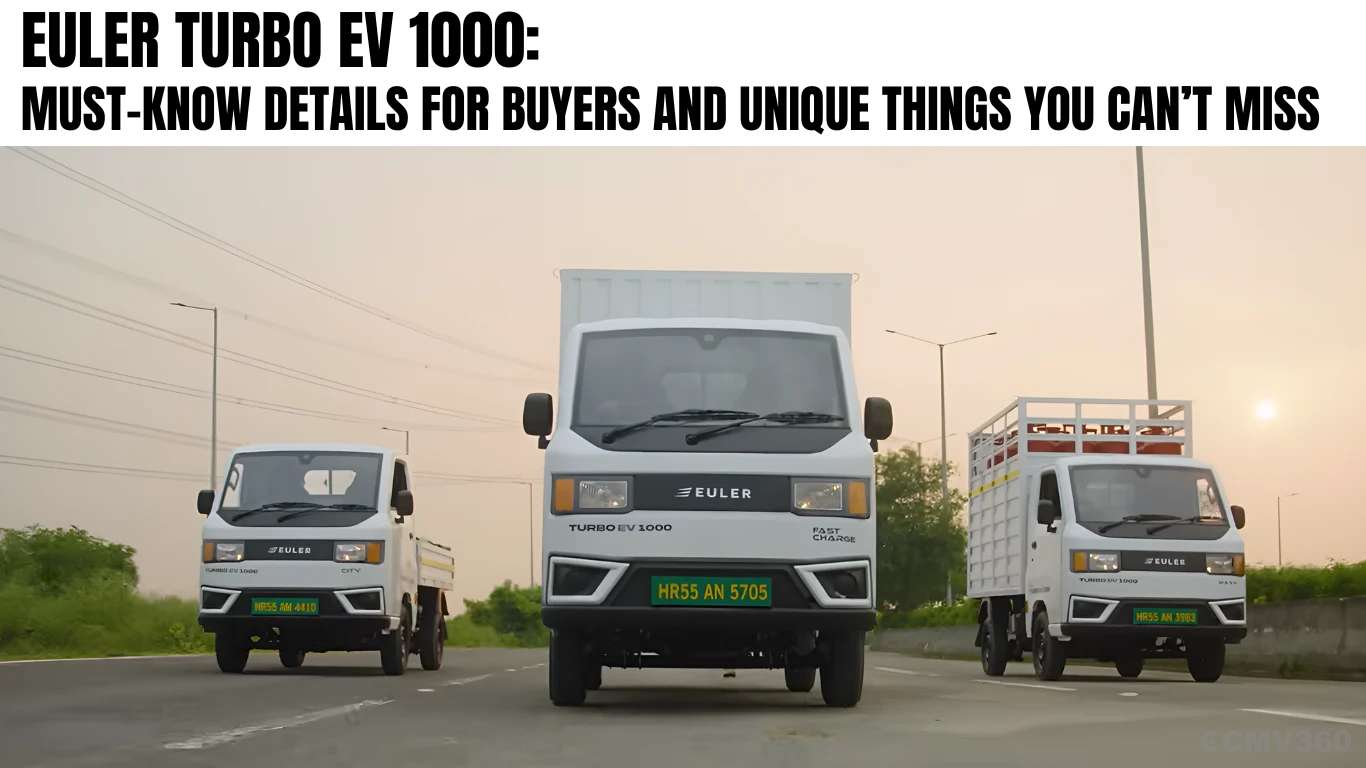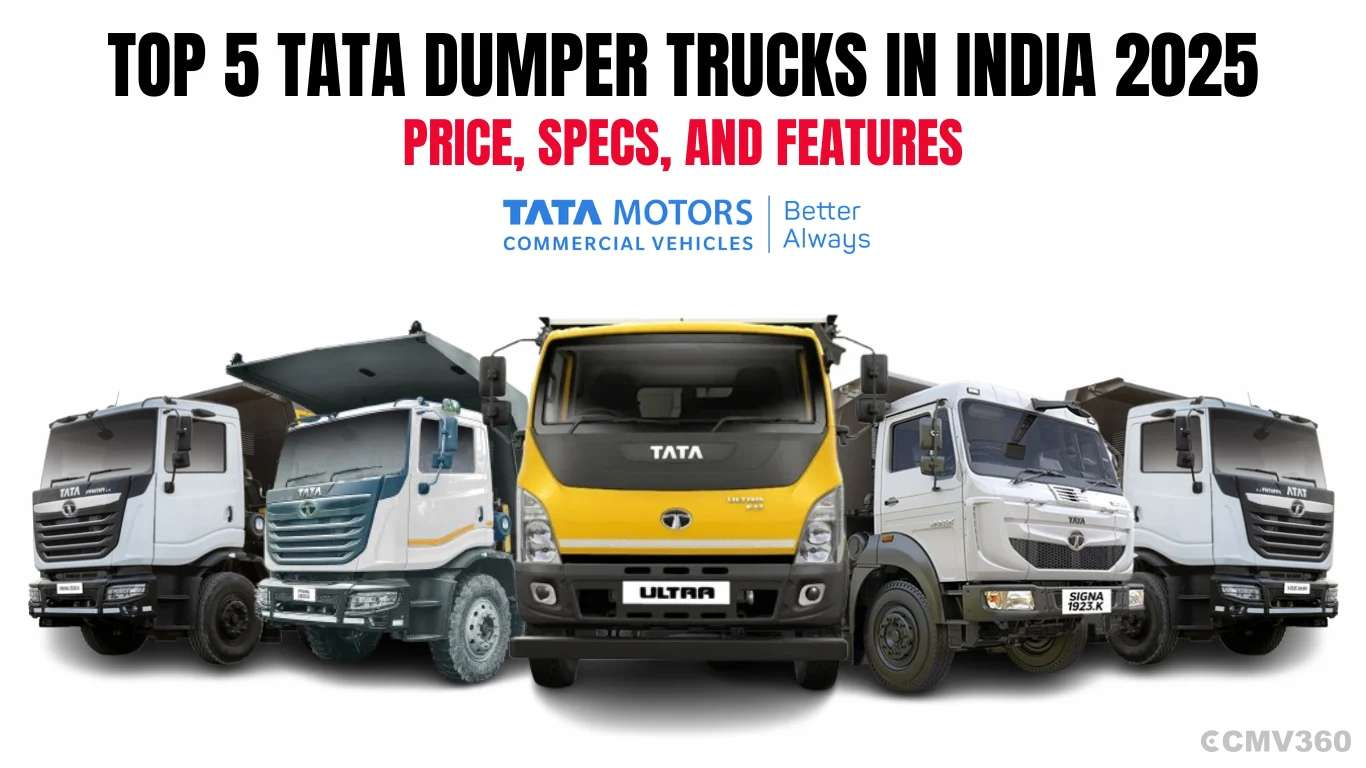Ad
Ad
India’s Electric Bus Market on Fast Track Despite Challenges

Key Highlights
E-bus share to reach 10–12% by FY27.
PM E-DRIVE outlay of ₹10,900 crore.
Subsidy up to ₹35 lakh per bus.
Supply chain issues delay deliveries.
Focus on expanding e-buses to smaller cities.
India’s electric bus (e-bus) market is moving ahead with strong momentum, as the country targets cleaner public transport and reduced carbon emissions. According to India Ratings and Research (Ind-Ra), the share of electric buses in total new bus sales is expected to rise from 5% in FY25 to 10–12% by FY27, showing a sharp growth trend over the next two years.
Government Push Fuels Growth
The growth of India’s e-bus market is being driven by multiple factors — the government’s strong decarbonisation push, lower operating costs compared to diesel and CNG buses, and targeted policy support.
This focus aligns with India’s broader climate goals of achieving a 45% reduction in carbon intensity by 2030 and net-zero emissions by 2070. Road transport currently contributes around 12% of India’s total energy-related CO₂ emissions, and buses along with trucks, account for nearly half of that share, despite making up just 4% of the total vehicle fleet, as per a NITI Aayog study cited by Ind-Ra.
PM E-DRIVE Scheme: Boosting Electrification
To support the shift to cleaner transport, the government launched the PM E-DRIVE Scheme in FY25 with a total outlay of ₹10,900 crore. The scheme focuses on deploying e-buses and expanding charging infrastructure across the country.
It offers subsidies of up to ₹10,000 per kilowatt-hour, capped at ₹35 lakh per bus, for electric buses purchased by state transport undertakings (STUs). In addition, it provides financial assistance for depot and charging infrastructure and ensures timely payments to operators through a payment security mechanism.
PM e-Bus Sewa Scheme Promotes Public-Private Partnership
Alongside PM E-DRIVE, the PM e-Bus Sewa Scheme aims to encourage public-private partnerships (PPP) in the e-bus sector. This approach helps states expand their fleets efficiently while also reducing financial risks.
According to Ind-Ra, such initiatives, along with the favourable cost efficiency of e-buses, will keep driving market demand.
Cost Efficiency and Expanding Reach
Although e-buses have higher upfront costs, their total cost of ownership (TCO) is lower than diesel or CNG buses because of reduced fuel and maintenance expenses. The report notes that CNG availability remains limited to a few major cities, while charging infrastructure is easier to develop and expand.
Currently, most e-bus operations are concentrated in metro cities such as Delhi, Mumbai, Bengaluru, Ahmedabad, and Lucknow. However, the government plans to expand deployment to tier-2 and tier-3 cities, which could significantly boost market potential in the coming years.
Supply Chain Bottlenecks Pose a Challenge
Despite strong policy and market support, Ind-Ra pointed out several ongoing challenges. The industry faces delays in delivery due to global supply chain shortages, especially for key components like batteries, chassis, and powertrains.
The top five OEMs have a combined order backlog of over 25,000 e-buses for delivery within the next one to two years. However, supply disruptions continue to slow progress.
India is currently investing in domestic battery manufacturing, but Ind-Ra said it will take time before a self-reliant local ecosystem fully develops.
Need for Private Sector Inclusion
Most government incentives currently focus on state transport undertakings, which account for just 5–7% of India’s total bus fleet. These STUs often suffer from financial losses and low utilisation rates, which limit large-scale adoption.
Ind-Ra cautioned that excluding private operators from subsidy benefits could delay wider electrification, as private players hold the potential to accelerate the shift at scale.
Long-Term Outlook: Strong and Sustainable
Despite short-term challenges, Ind-Ra expects medium- to long-term prospects for the e-bus sector to remain strong and promising. With rising demand, government support, and India’s sustainability goals, the electric bus market is set to play a major role in the country’s urban transport transformation.
The agency emphasized that collaboration between policymakers and industry players will be key to addressing supply and infrastructure hurdles, ensuring that electric mobility becomes central to India’s transport future.
CMV360 Says
India’s electric bus market is speeding toward a cleaner and more sustainable future. While supply bottlenecks and limited private participation remain challenges, supportive government schemes and cost advantages are set to make e-buses an essential part of India’s public transport system in the years ahead.
News
Mahindra Expects Double-Digit Growth in Light Commercial Vehicle Market by FY26
Mahindra projects double-digit growth in light commercial vehicle sales by FY26 amid rising demand and improved GST benefits....
05-Nov-25 06:51 AM
Read Full NewsSatyakam Arya to Take Charge as Hino Motors CEO from April 2026: DICV chief to lead global operations under Daimler-Truck and Toyota integration plan
DICV chief Satyakam Arya to lead Hino Motors global operations from April 2026 under Daimler-Truck and Toyota integration, after driving record growth at BharatBenz....
04-Nov-25 07:22 AM
Read Full NewsElectric Three-Wheeler Goods Sales Report (October 2025): Mahindra, Bajaj, and Omega Lead the Market
In October 2025, Mahindra Last Mile Mobility led India’s electric three-wheeler goods segment, followed by Bajaj Auto and Omega Seiki, showing strong growth in EV cargo a...
04-Nov-25 05:11 AM
Read Full NewsAshok Leyland Teams Up with Punjab National Bank: Big Boost for Dealer Financing Across India!
Ashok Leyland joins hands with Punjab National Bank to provide dealer financing and working capital support for its MHCV dealer network across India....
03-Nov-25 09:08 AM
Read Full NewsAshok Leyland Records 15,212 Domestic & Export CV Sales in October 2025: Combined CV Sales Register 13.88% YoY Growth Compared to October 2024
Ashok Leyland reports 15,212 CV sales in Oct 2025, up 13.88% YoY. Domestic sales up 14.3%, exports up 3.46%, led by strong M&HCV and LCV demand....
03-Nov-25 04:53 AM
Read Full NewsCMV360 Weekly Wrap-Up | 27th Oct – 4th Nov 2025: EV Financing Push by Greaves, Delhi’s Pollution Ban, New Leadership at Montra, and Strong Festive Sales for Mahindra, Tata, VECV & Escorts
This week’s CMV360 Wrap-Up covers Greaves EV financing, Delhi’s pollution ban, Montra’s new CEO, and strong festive sales from Mahindra, Tata Motors, VECV, and Escorts Ku...
02-Nov-25 05:53 AM
Read Full NewsAd
Ad
Latest Articles

Top 5 Best Trucks in India 2025: Price, Features, and Specifications
31-Oct-2025

Euler Turbo EV1000 vs Tata Ace Gold Diesel: The 1-Tonne Battle Between Electric and Diesel Trucks
28-Oct-2025

Top Truck Brands in India 2025: Complete Guide to Models, Features & Market Leaders
13-Oct-2025

Top 5 Pickup Trucks in India 2025 – Powerful, Reliable, and Built for Every Business
07-Oct-2025

Euler Turbo EV 1000 Launched: Must-Know Details for Buyers and Unique Things You Can’t Miss
24-Sep-2025

Top 5 Tata Dumper Trucks in India 2025: Price, Specs, and Features
15-Sep-2025
View All articles





